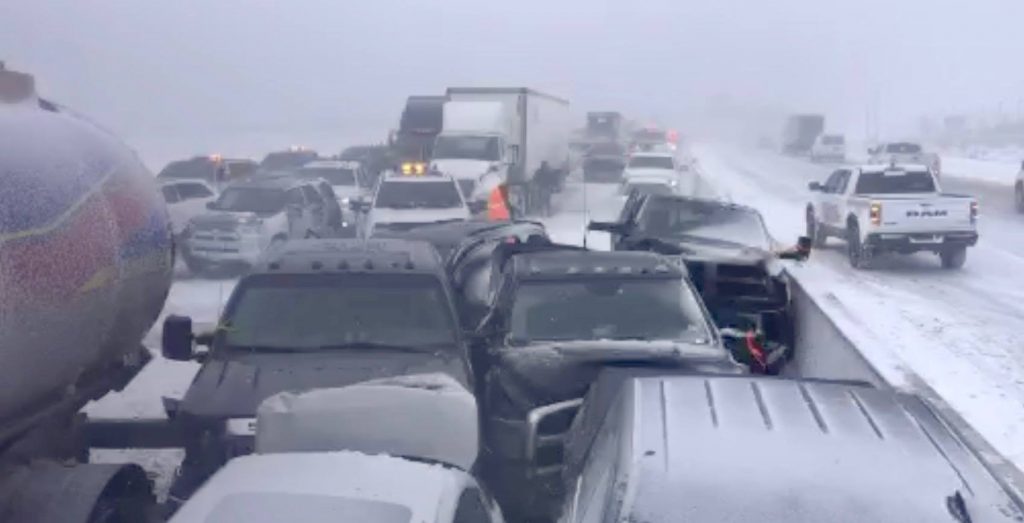
As a newcomer who hasn’t experienced what it looks like driving during in the winter season in Canada before, you’ll find the tips in this blog post incredibly useful.
Being behind the wheel during the wintertime in Canada is incomparably different from driving in the fall, spring, and summer. Slippery roads, white-out storms, freezing rain and mucky thaws are some of the challenges to expect when winter driving, regardless of where you live.
Fortunately, there is good news. Adequate preparation can make all the difference in this season. Here is all you need to know for safe winter driving:
- Winter Tires: In some states in Canada like British Columbia and Quebec, using winter tires for a stipulated period each year is compulsory and for good reasons. Regular tires become hard and inflexible in colder weather, and so are less likely to grip the ground while winter tires have a bigger tread, and provide more control to motorists. Even when these tires are not compulsory, all provinces recommend switching to winter tires when the temperature falls below 7°C. However, you might want to switch back to regular tires once the weather improves in the spring, as the softer rubber of winter tires gets damaged easily when the roads become warm.
- Heaters: Many newcomers often wonder why Canadians need to plug in their cars in winter. No, isn’t because they need a charge, but due to the weather condition which is so cold. This makes it necessay to hook up a heater and keep crucial parts of the car engine working. If you reside in BC and other provinces, where temperatures regularly fall below -15°C, this will soon become part of your daily car routine. During cold weather, the oil in your car becomes thicker as a result, it has more difficulty flowing through the engine and increases friction among the various moving parts. Block heaters, as they’re commonly called, ensure that your car’s engine and oil stay warm. Remember to turn them on between two and four hours before you drive, depending on how severe the cold is.
- Pack essential tools: There are basically two types of things you need to keep in your car during winter. Ice scrapers and snow brushes are supplies you’ll need daily to clear your windshield – trying to clear several centimetres of snow off with your hands is not a nice way to start your morning. In an emergency, where you’ll need to spend a night in a car without cellular network due to drastic weather changes, you’ll need things like warm clothes, gloves, a warm hat, boots and blankets, non-perishable food, like cereal, chocolate, or granola, and water, a first aid kit, printed road maps, a torch and spare batteries, and small candles – in case the batteries quit working in cold temperatures. Bring a tin to store and carry the candles. To avoid getting stuck in such a precarious situation, you should consider not driving at all, especially when weather conditions are extremely unfavourable.
- Retain composure and control when it’s slippery: This an essential tip for driving in the winter season. Never slam on the brakes when it’s snowy or icy, instead, pump the brakes as this will help you stop faster without sliding. If your car has a modern braking system, it’s anti-lock braking system (ABS) will automatically engage, helping you stop in slippery conditions by rapidly pumping the brakes for you.
Conclusion
Driving on snowy, icy roads during Canadian winter is all but assured. This is why it is crucial for all drivers, particularly first-timers, to be equipped with the skills and knowledge of how to drive in such conditions. Thankfully, this article comprises a few simple but significant winter driving guidelines to assist motorists.
